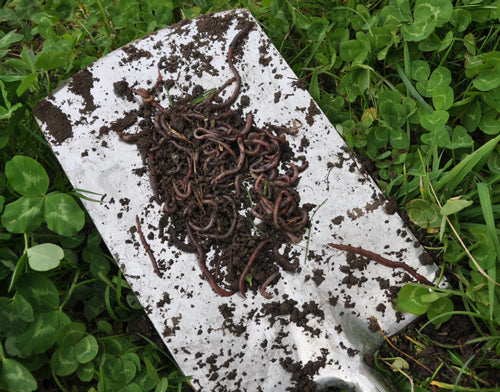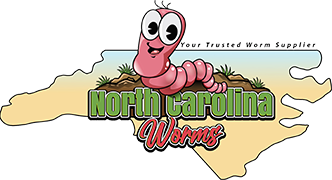7 Simple Techniques For North Carolina Worms
7 Simple Techniques For North Carolina Worms
Blog Article
The 15-Second Trick For North Carolina Worms
Table of ContentsThe Greatest Guide To North Carolina WormsThe Single Strategy To Use For North Carolina Worms8 Easy Facts About North Carolina Worms ExplainedHow North Carolina Worms can Save You Time, Stress, and Money.
Instance: 1-gallon of worm castings to 4 gallons of potting mix. 1/2 mug in the bottom of the planting opening for smaller plants. 1 cup for bigger plants.
The addition of tea can likewise add enhanced microbial biomass to your dirt. You can constantly side-dress your plants with worm castings any time. Simply bear in mind, the bacteria will pass away if revealed to UV rays (Sun), so be certain to cover the castings with an inch or so of soil.
This frustrated them for years until the screening techniques came to be better. It would certainly get far better(with more spreadings), degree off, and after that decrease. Too lots of worm spreadings would increase the growth to a speed that the plant can not recover from.
North Carolina Worms Things To Know Before You Buy
Several herbicides service this exact same concept. So, 20% by quantity seems to be the "Sugary food Area". I have expounded the virtues of worm castings for regarding 2000 words. What about the opposite of the coin? Nothing is ideal. Worm castings are no various. It takes some time to produce top quality worm spreadings.
You can buy them which results in second. Worm castings certainly cost more than chemical plant foods. Worm spreadings are on the less expensive end of natural plant foods. You will certainly have to choose what is more vital. It is simple to create small amounts of worm spreadings. (50 gallons each year) It is a much harder and really pricey investment to produce large quantities of worm spreadings (Lake Hickory Bait).

Actually, developing a healthy and balanced soil might be the best benefit of worm spreadings. Healthy and balanced dirt was gone over and exactly how vital this has actually ended up being to everybody. The top 10 benefits of worm spreadings were additionally provided. We reviewed worm castings NPK and likewise the correct nutrient evaluation that should relate to worm castings.
Top Guidelines Of North Carolina Worms
We talked concerning some of the negative aspects linked with worm castings. I covered a lot of material in this article.
The upright burrows are generally open, although the worms top the top with residue and excrement. Roots need oxygen for their development, whereas they generate carbon dioxide that requires to leave the dirt.
Earthworms raise porosity by 2 systems: (1) by producing long-term burrows, and (2) by enhancing dirt gathering. Aggregation is improved by the mixing of dirt and natural matter in the earthworms' intestines. Lake Hickory Bait. These very stable accumulations are transferred by some earthworms in their burrows, and by others at the surface of the dirt


In one more research study, earthworms were approximated to eat 4 to 10 percent of the leading 6 inches of the dirt each year. Dirt compaction reduces the porosity of the soil.
The 3-Minute Rule for North Carolina Worms
Common earthworm populaces can easily eat 2 tons of completely dry issue per acre each year, partially absorbing and mixing it with soil. The importance of earthworms to mix surface area deposit with soil ends up being very clear in soils that do not have any kind of earthworms. Many of our Pennsylvania soils have at the very least some earthworms, and the effect of their complete lack, as a result, can not be noted.
(https://www.adlandpro.com/ad/43159579/North-Carolina-Worms__Other_438__around_atlanta.aspx)In these soils, the formation of topsoil with practical natural matter content did not happen, causing inadequate plant development. As soon as the reason was developed, the government of the Netherlands started a campaign to introduce earthworms. After the introduction of the earthworms, a dark topsoil layer was formed, and crop development enhanced significantly.
They live mostly from partly disintegrated organic matter that is currently included in the soil. These species consume big amounts of soil that they blend with digested crop residue in their guts.
Their burrows remain open, although they cover the leading with plant residue that they pull to the entry. These varieties ingest significant quantities of soil that they blend with absorbed deposit in their intestines. Their waste matter is mainly deposited at the surface area of the dirt. The nightcrawler Lumbricus terrestris is the most prominent participant of this group.
Report this page